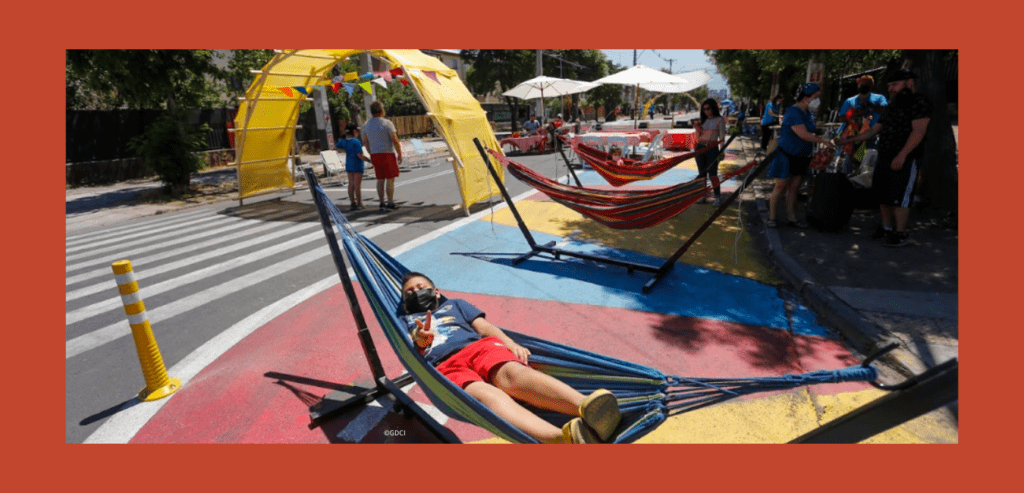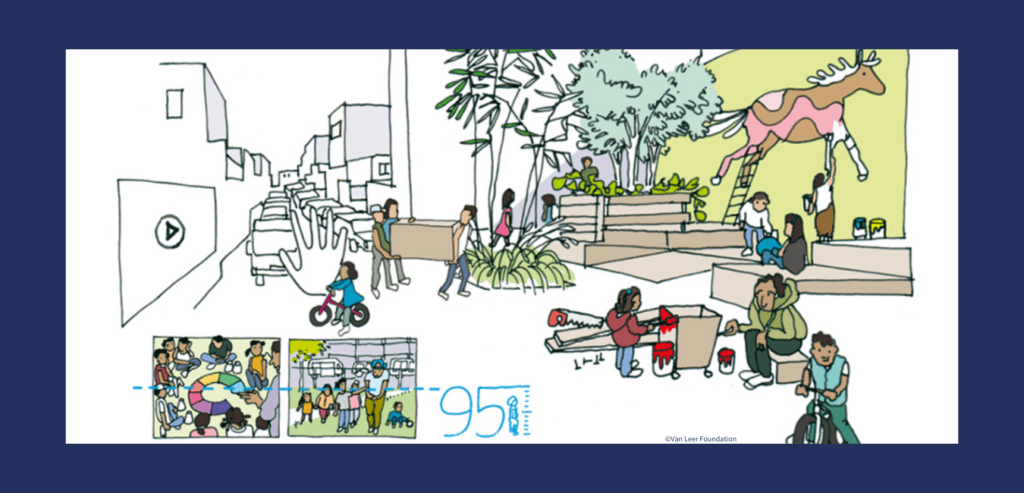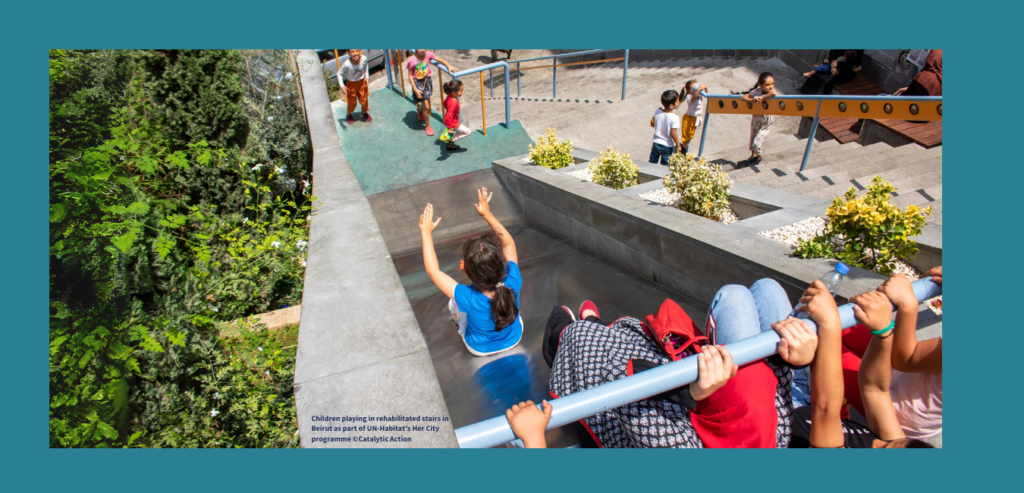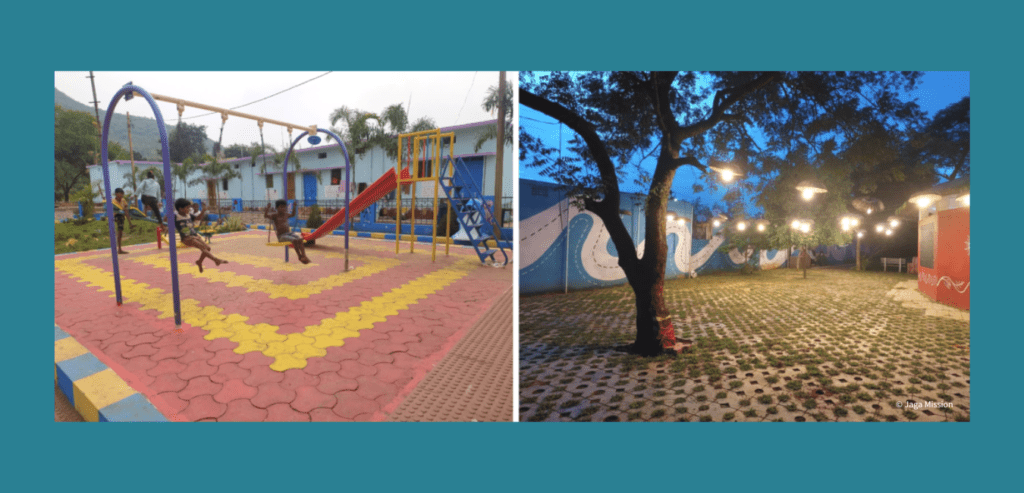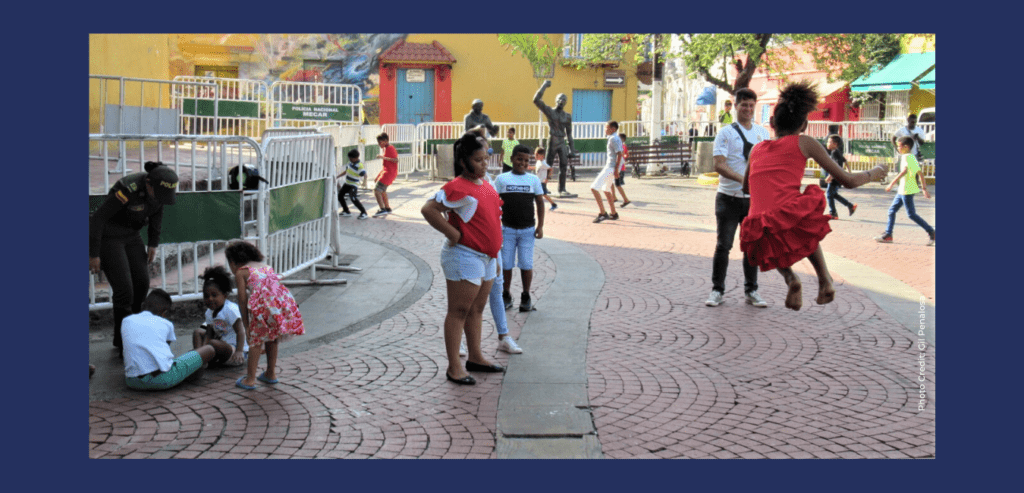Urban Hub Team at Save the Children International, April 9, 2024, 7 min
The third blog in our ‘Public Space for Children’ series provides an overview of UN-Habitat’s ongoing 12-year Global Public Space Programme (GPSP) with a focus on interventions, tools and guidance that make public spaces better for children. In case you missed them, the first blog of the series spotlights public space interventions by our member Read more →


